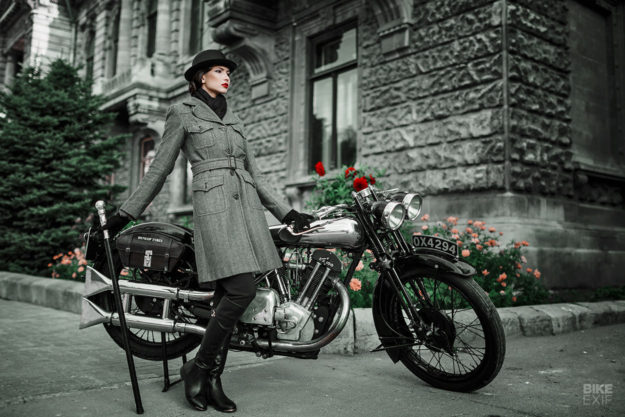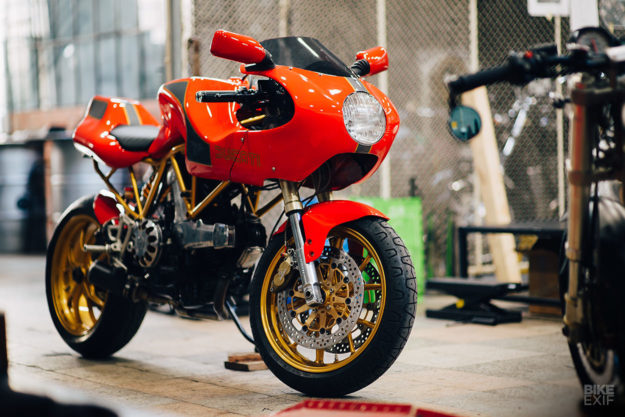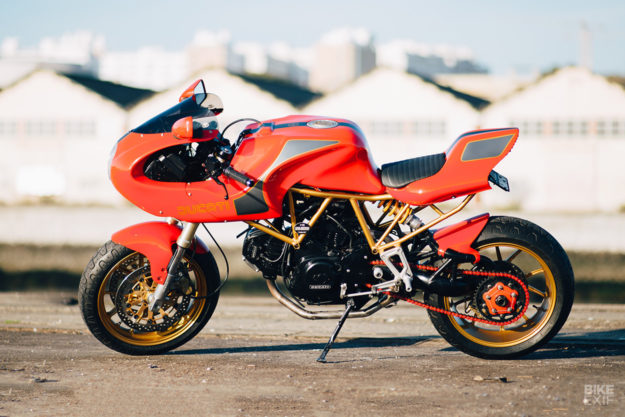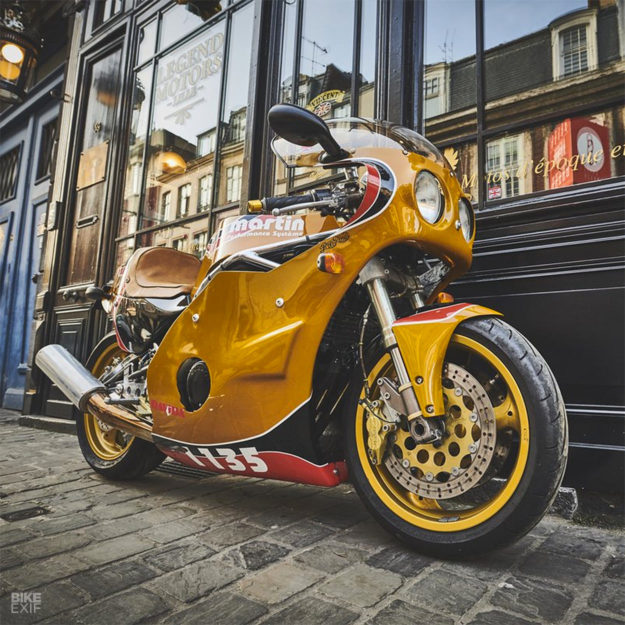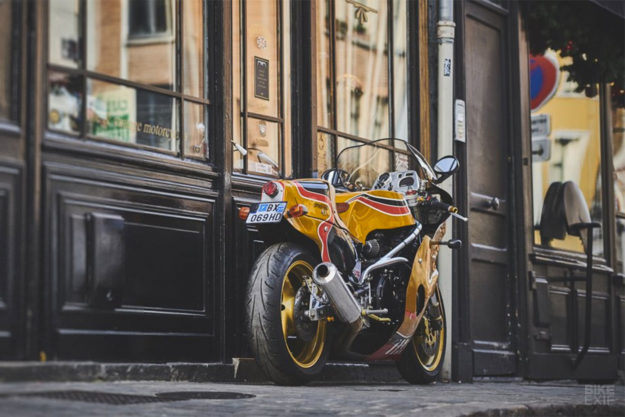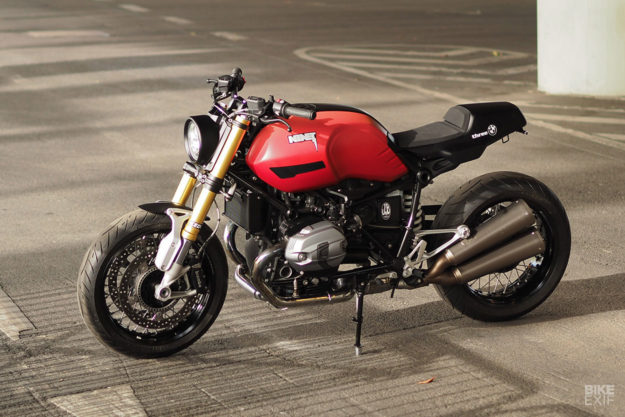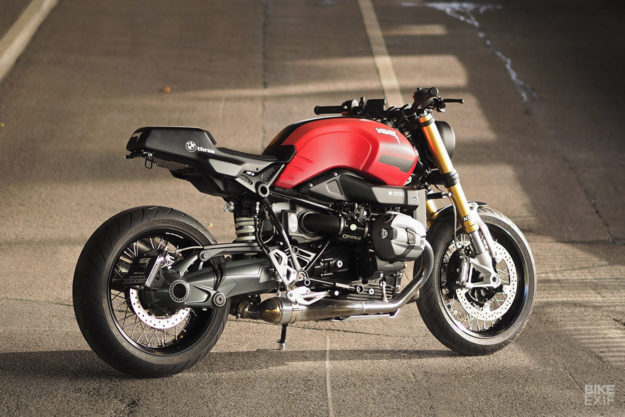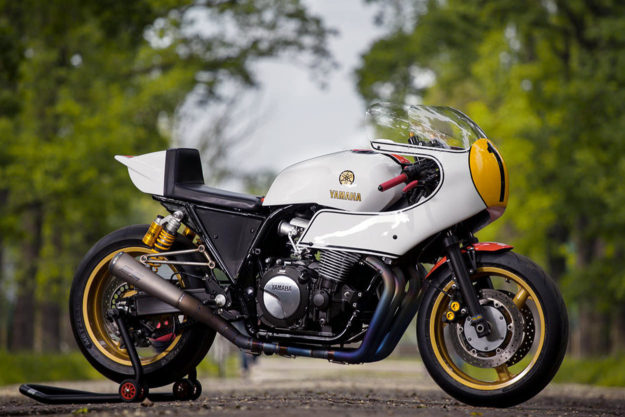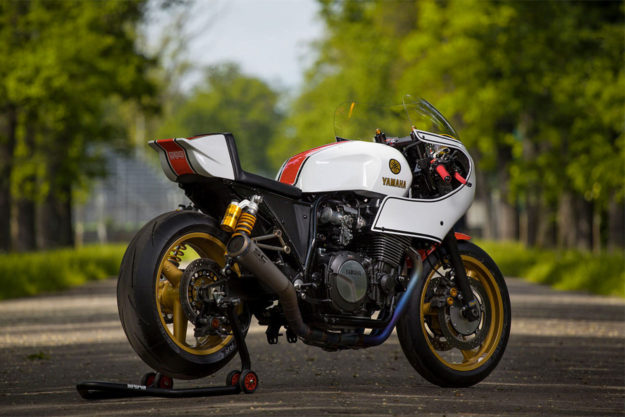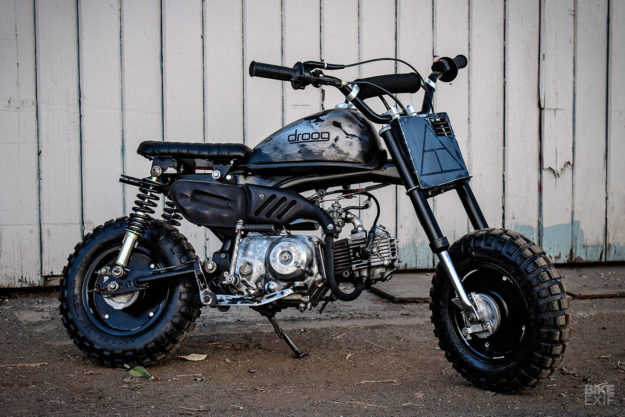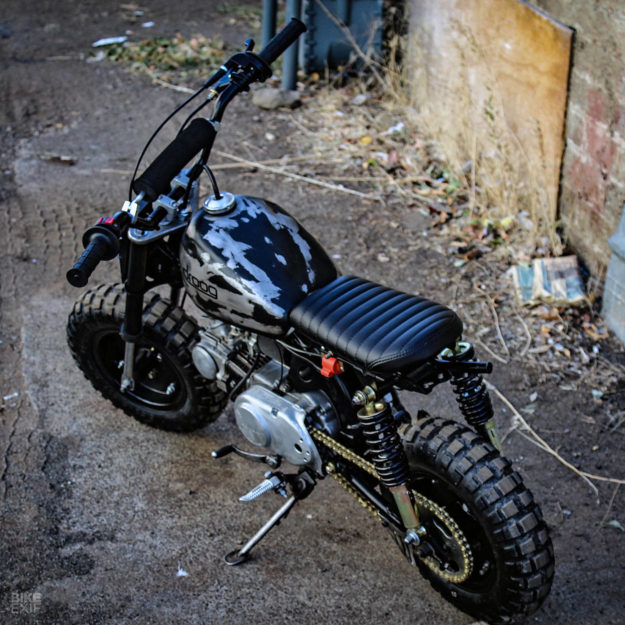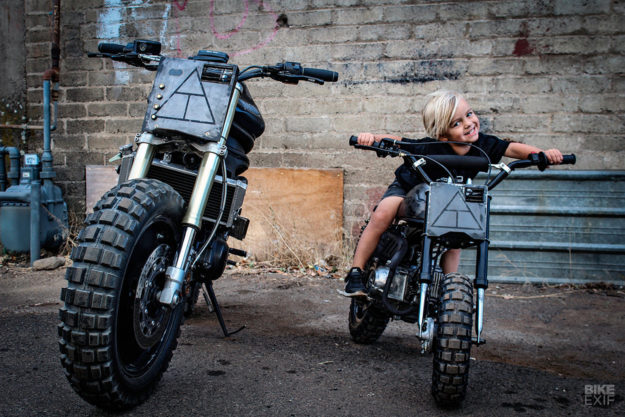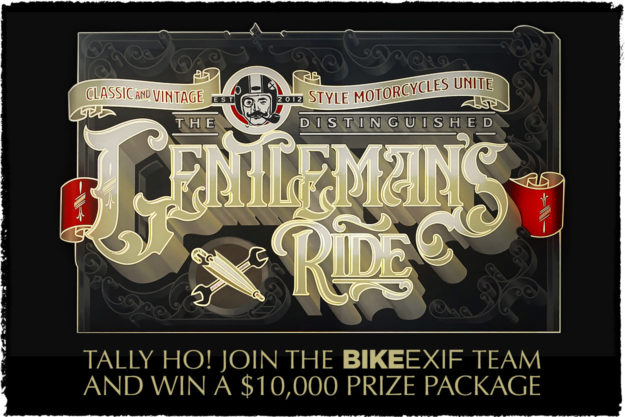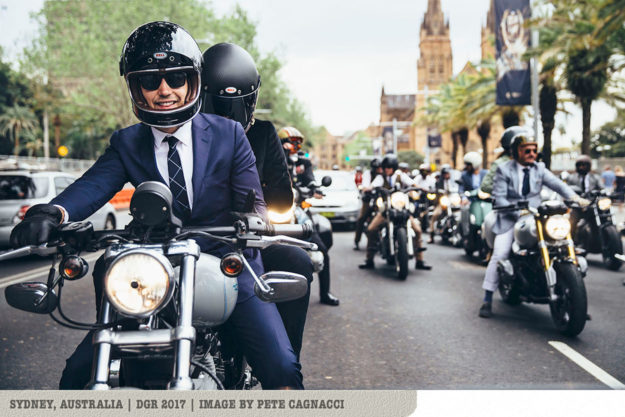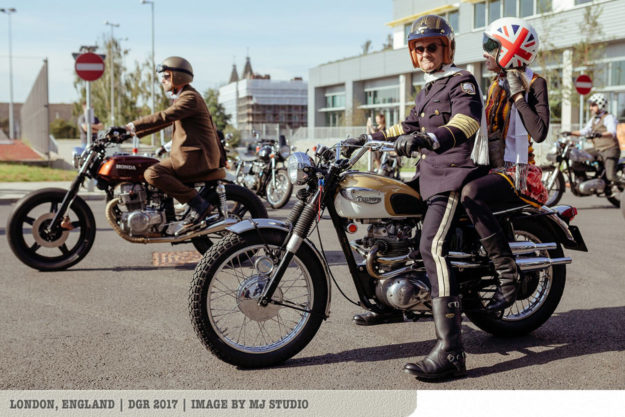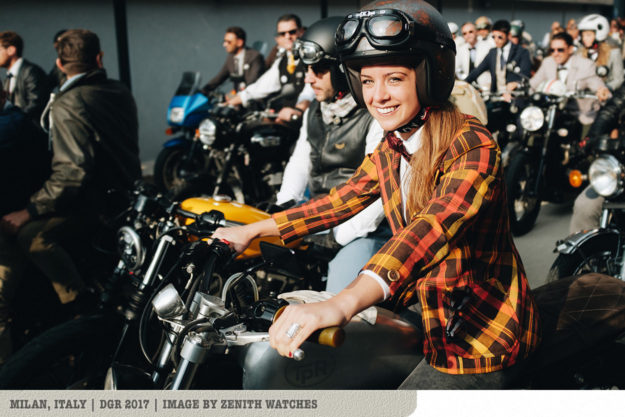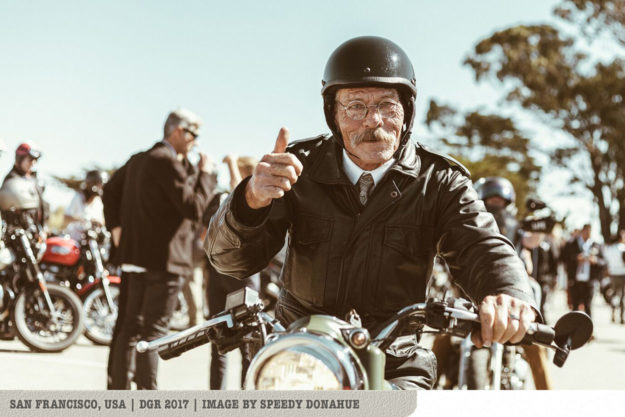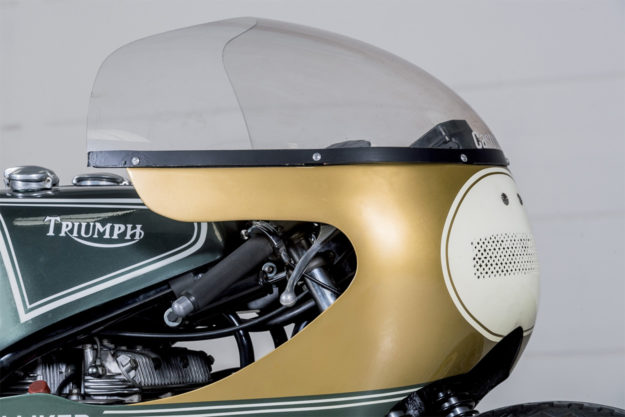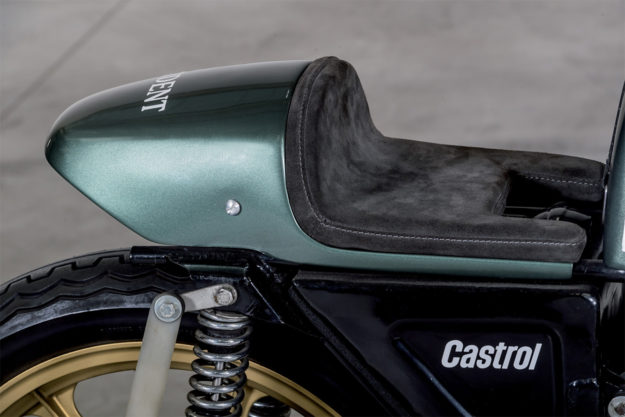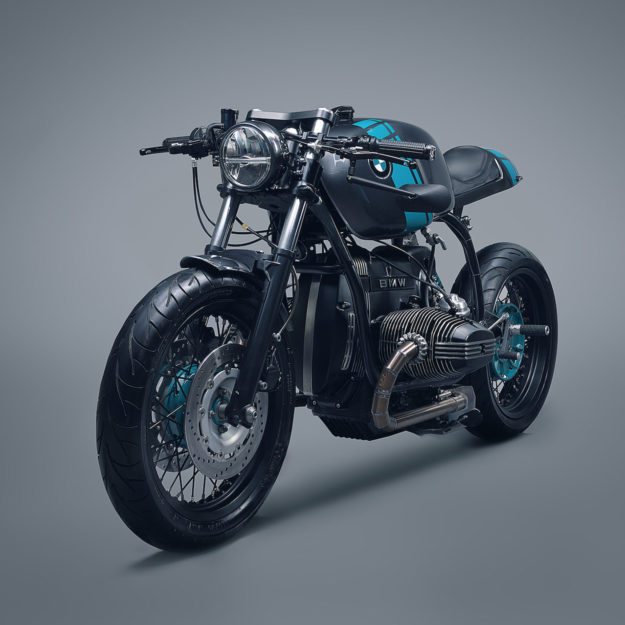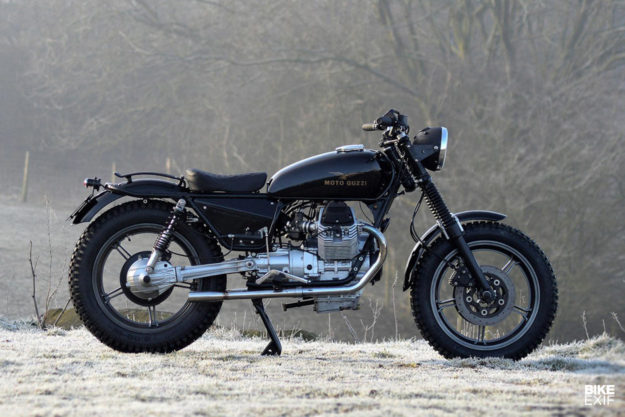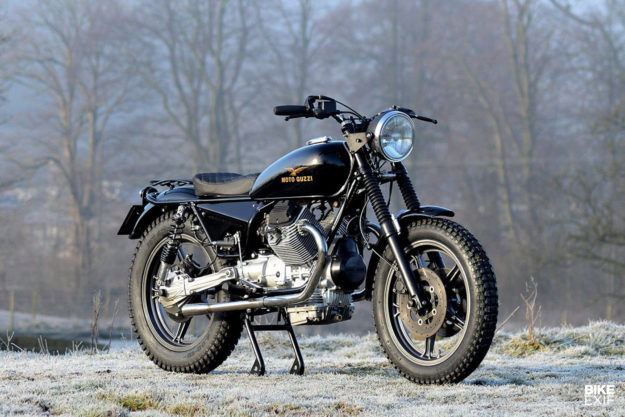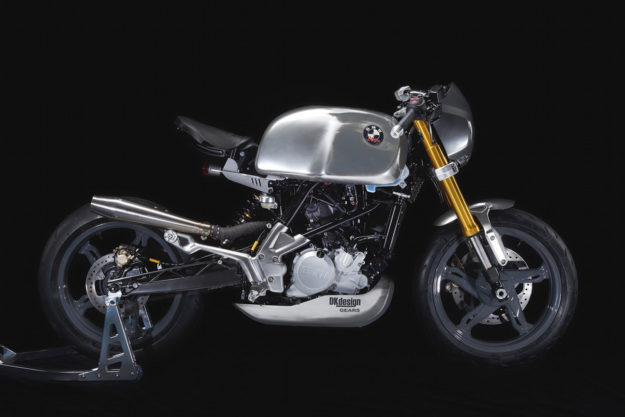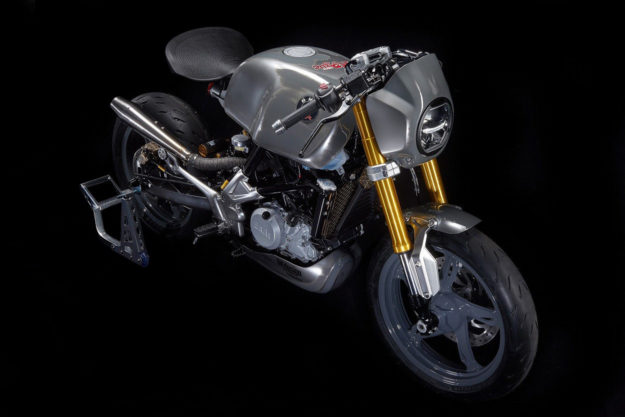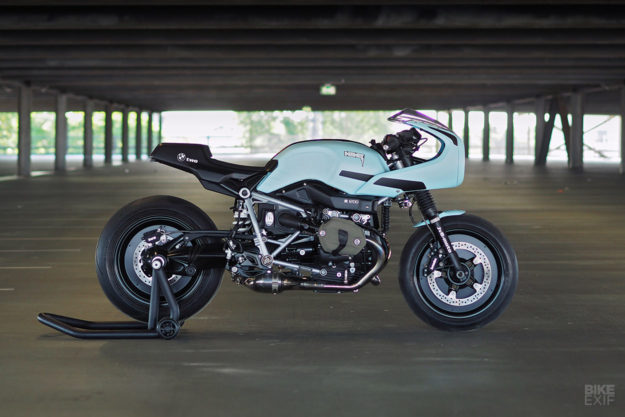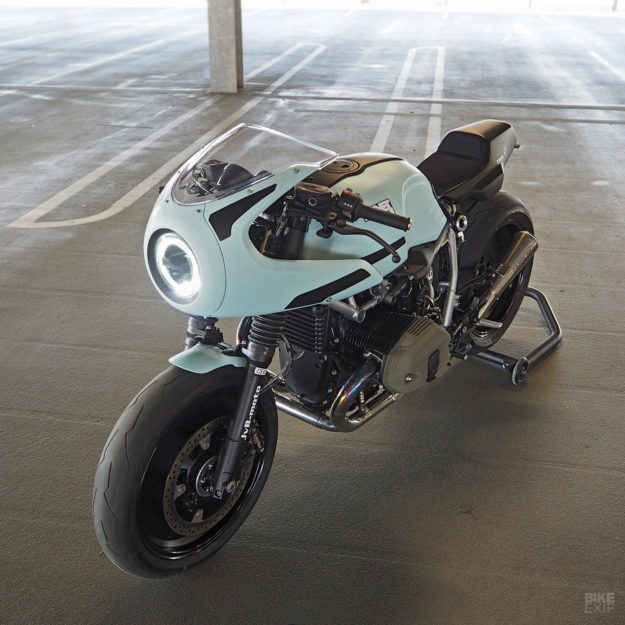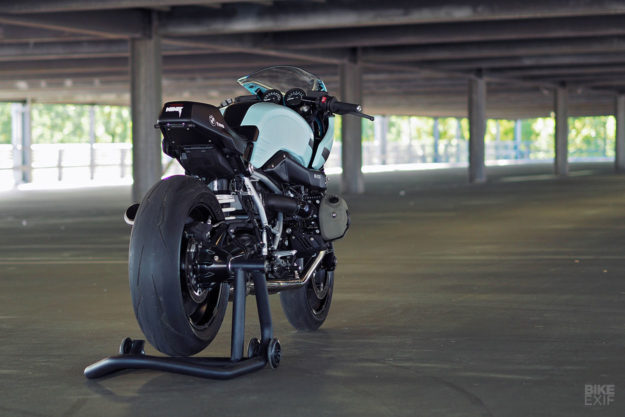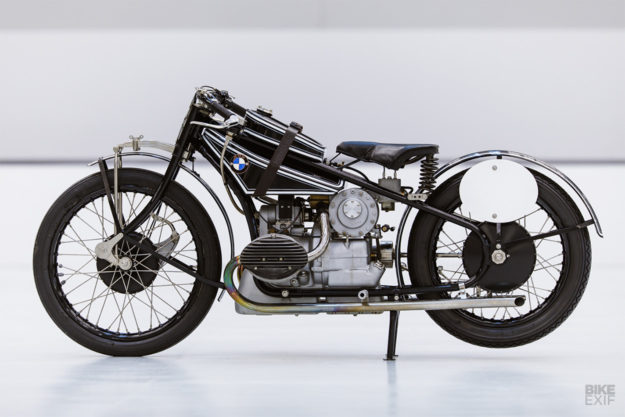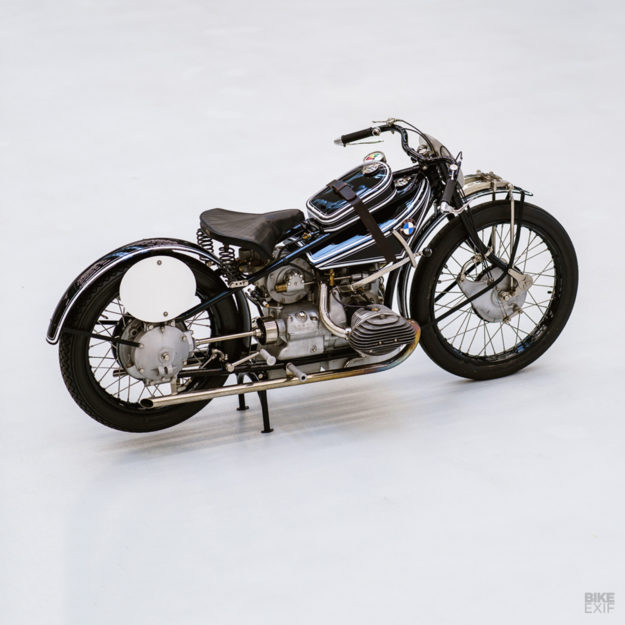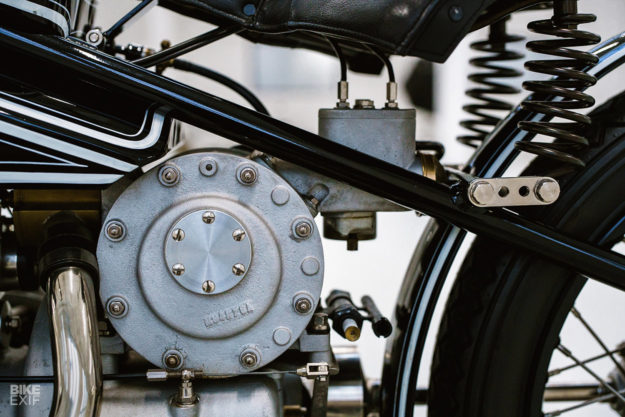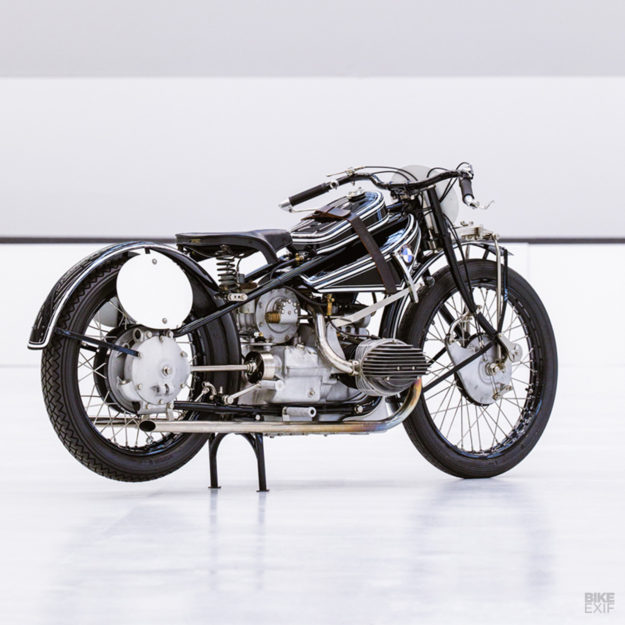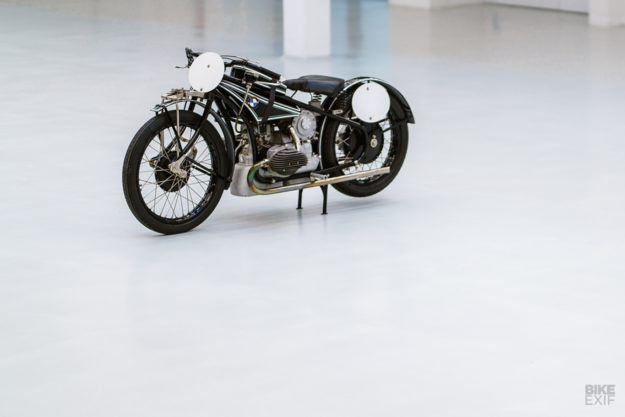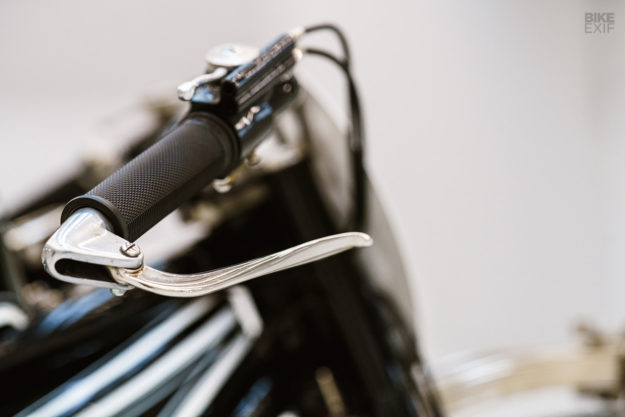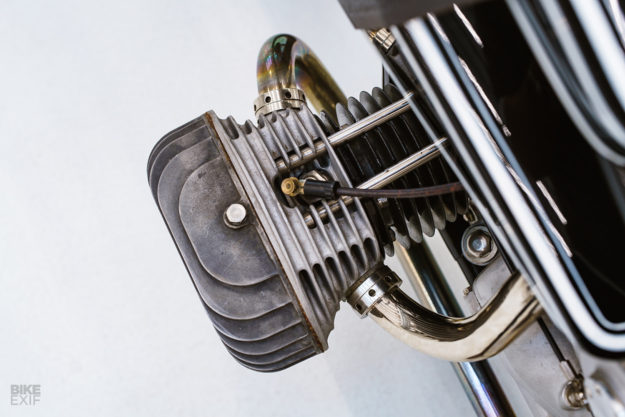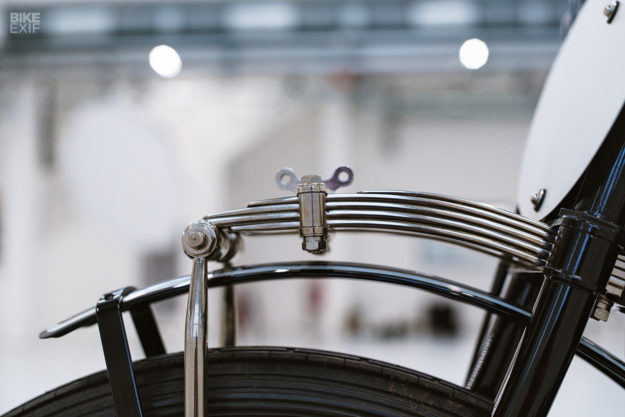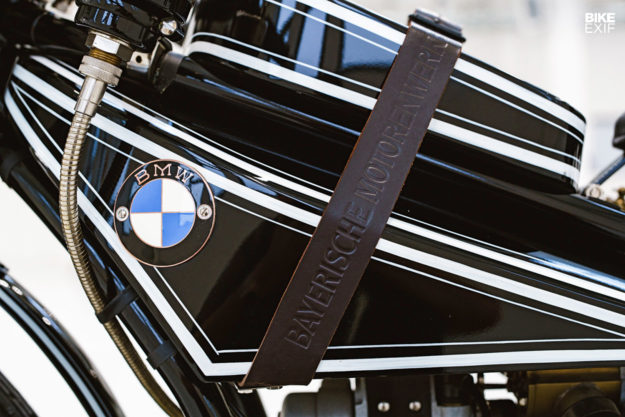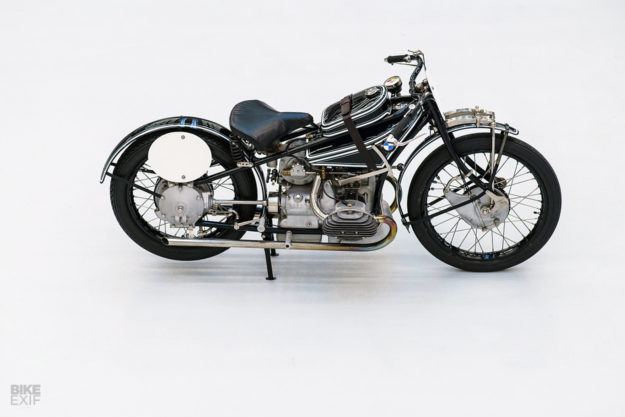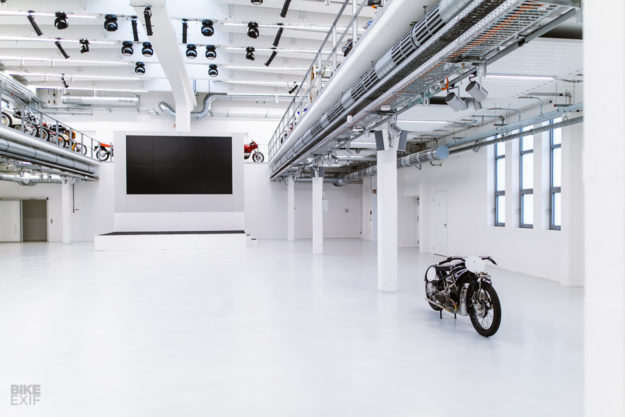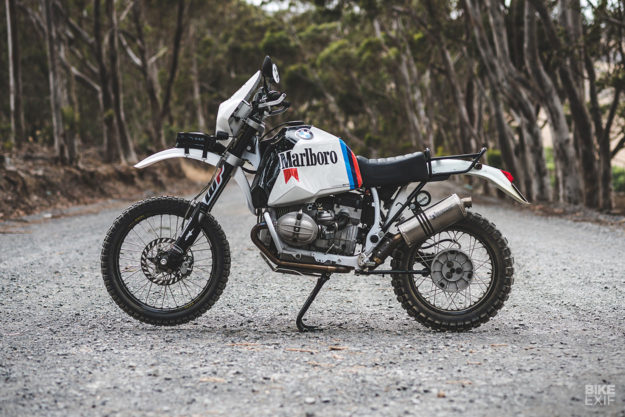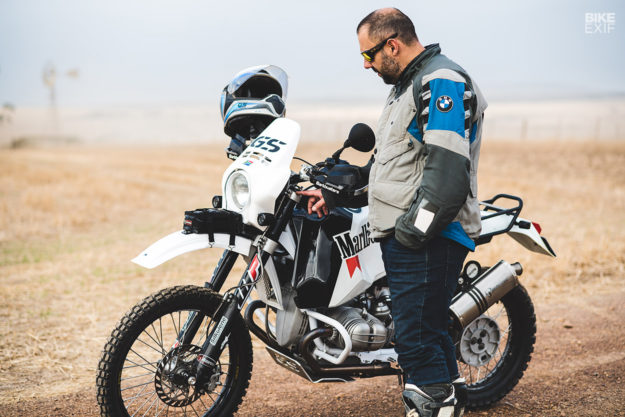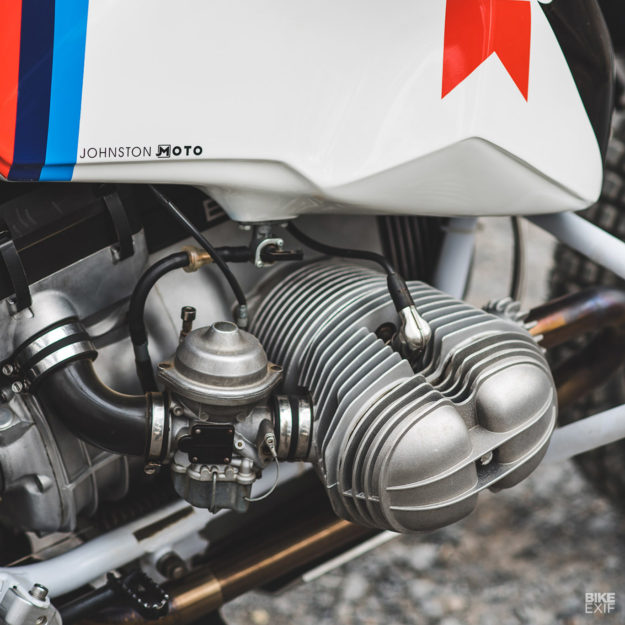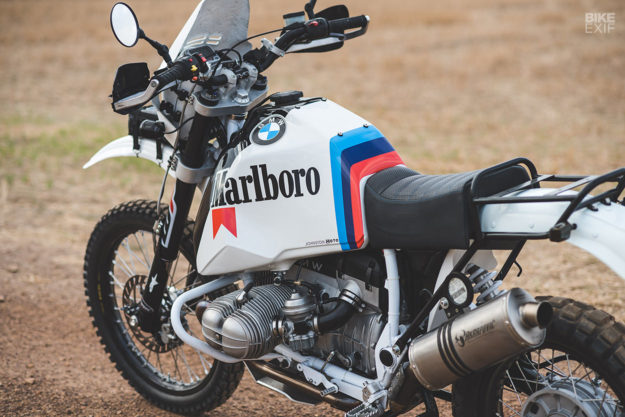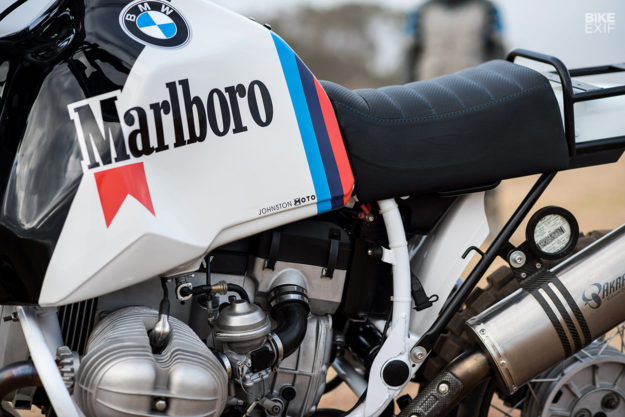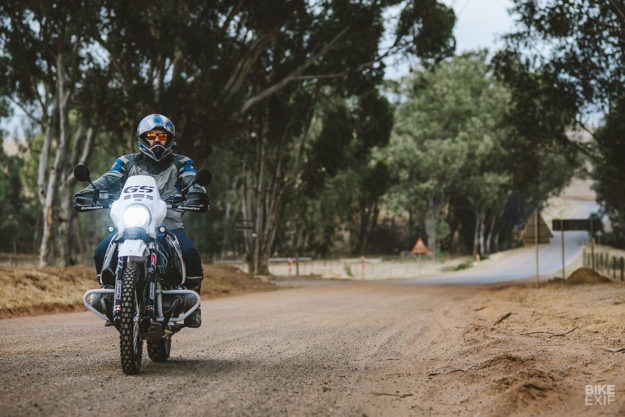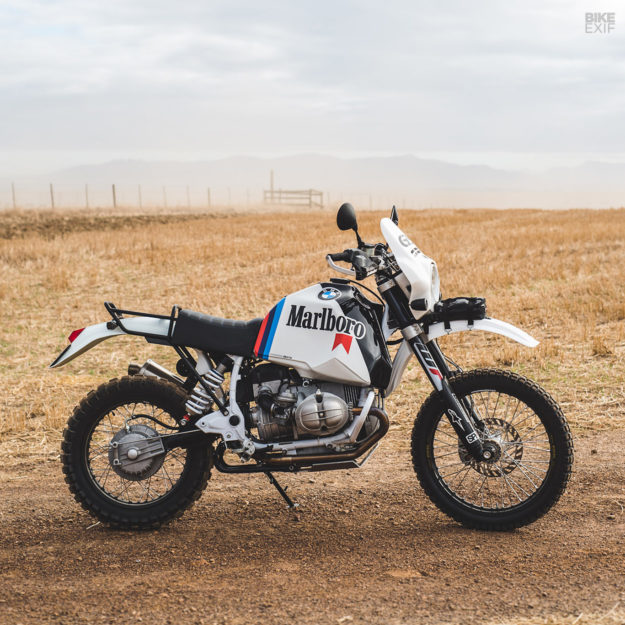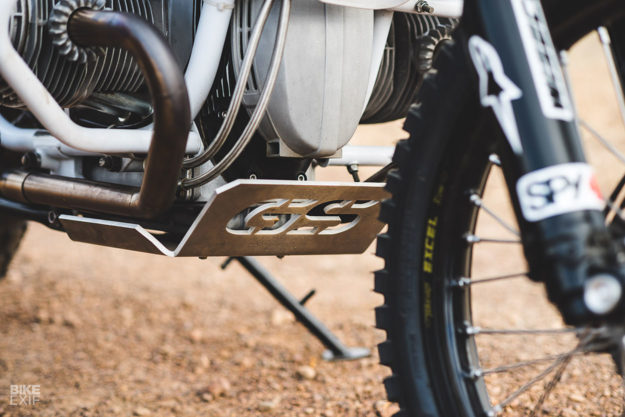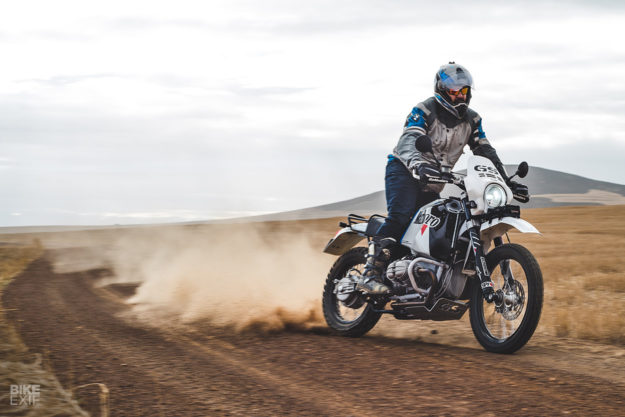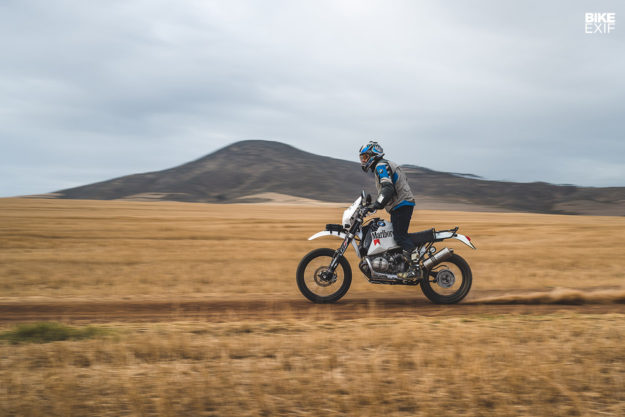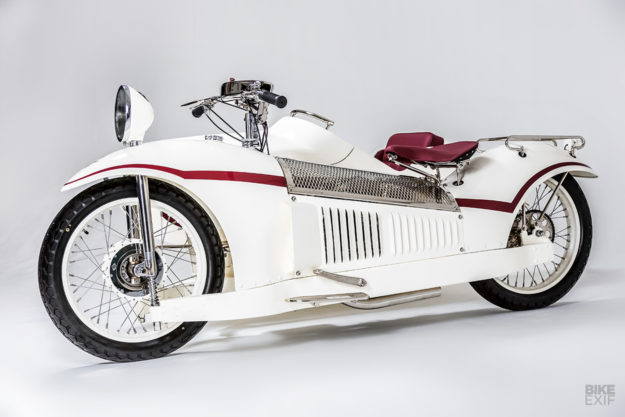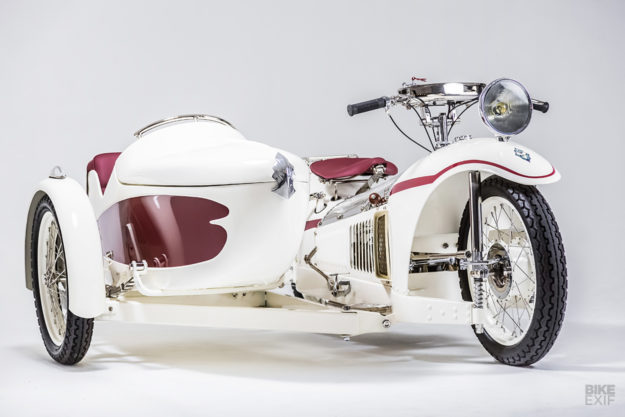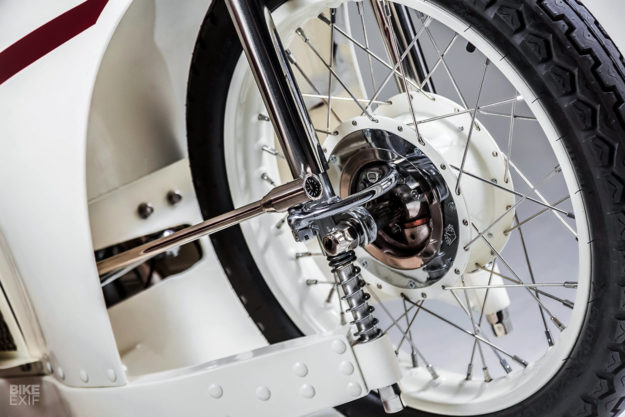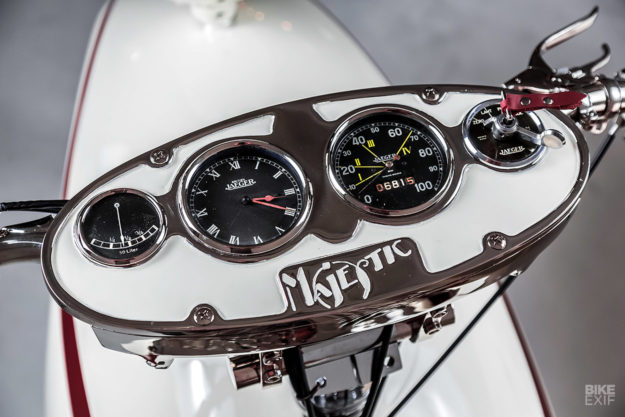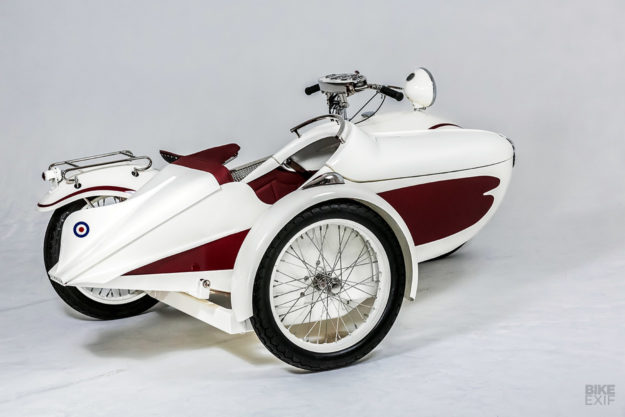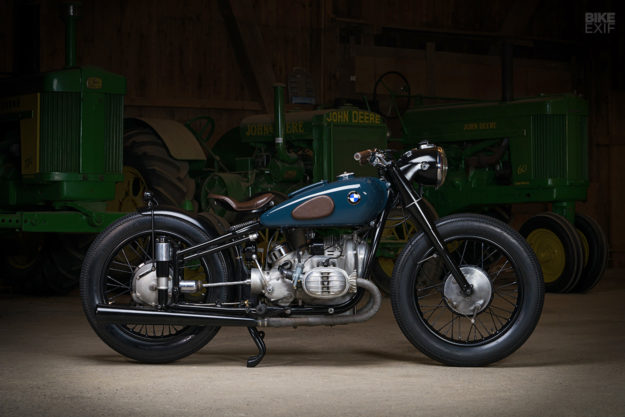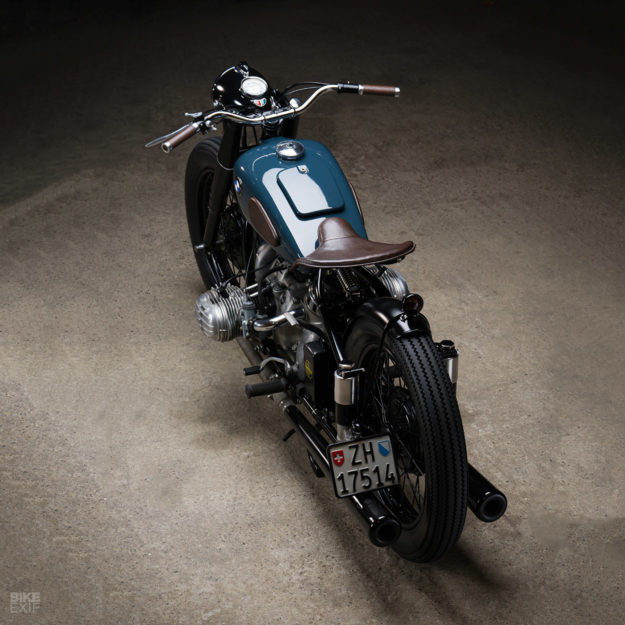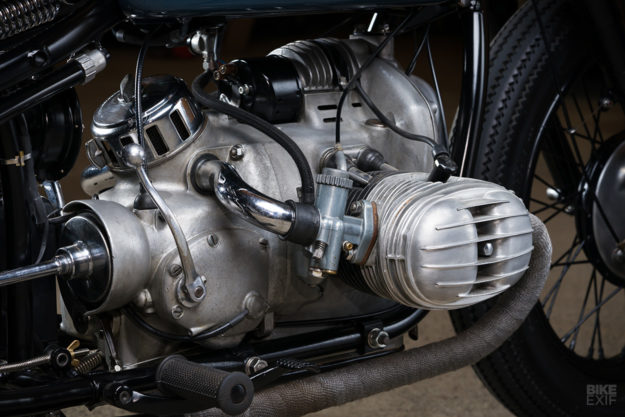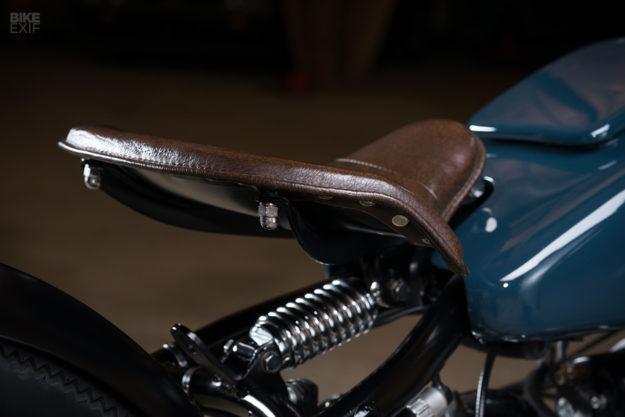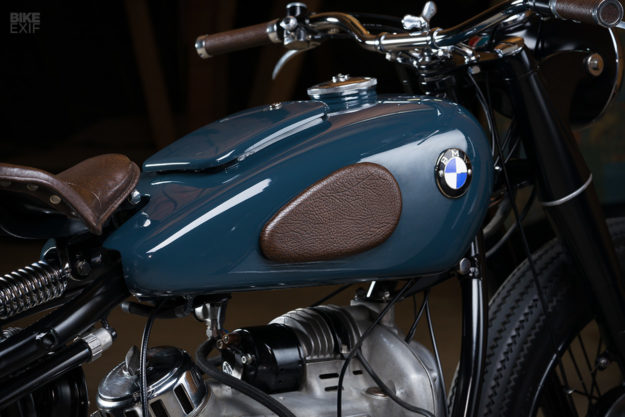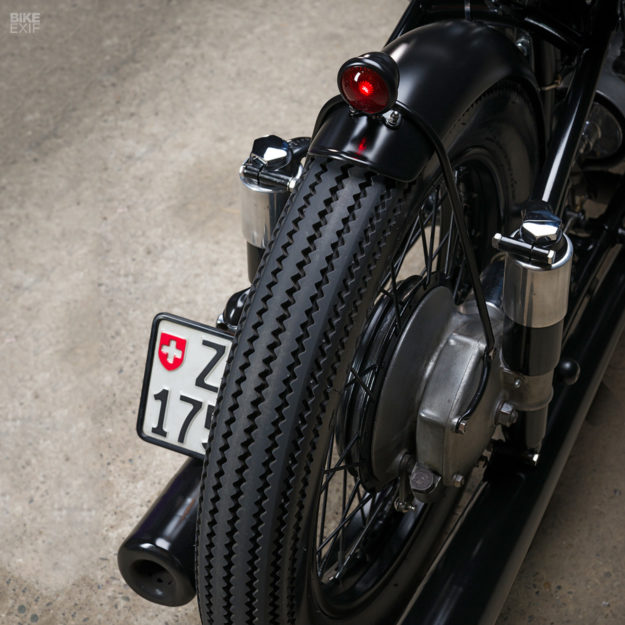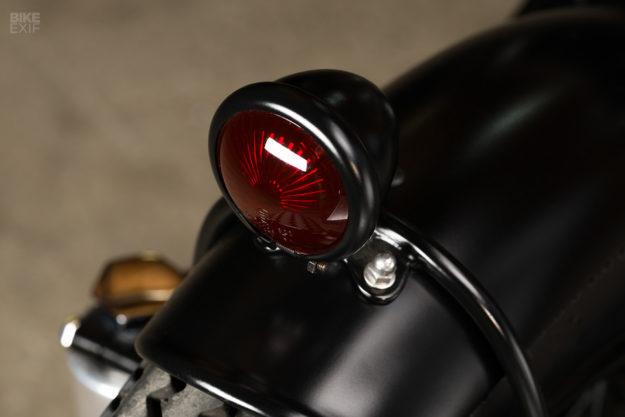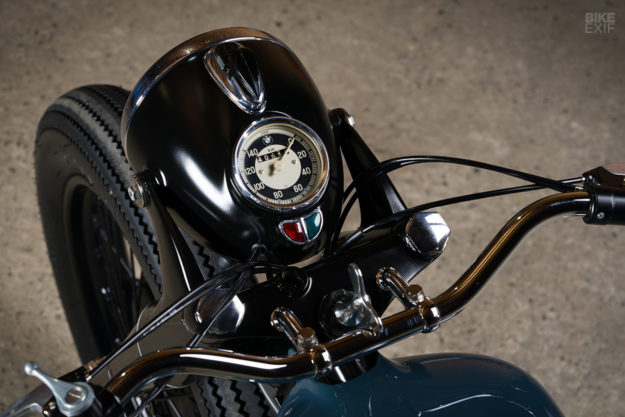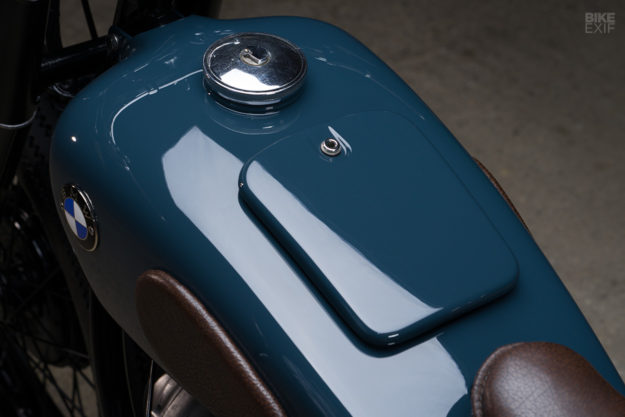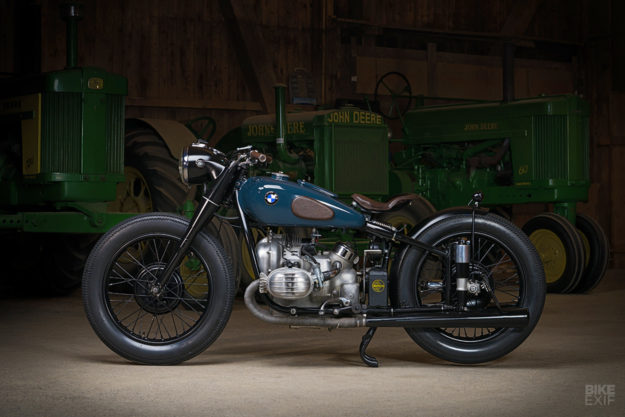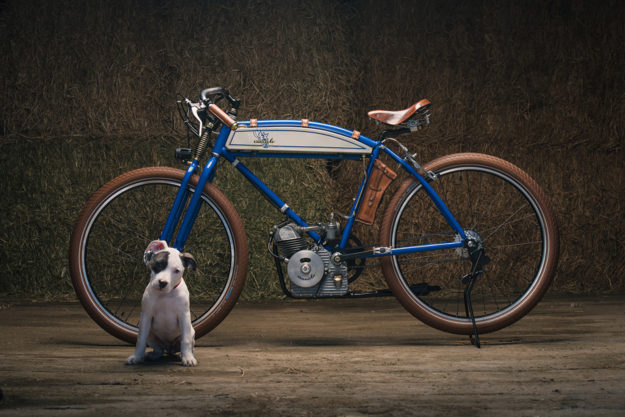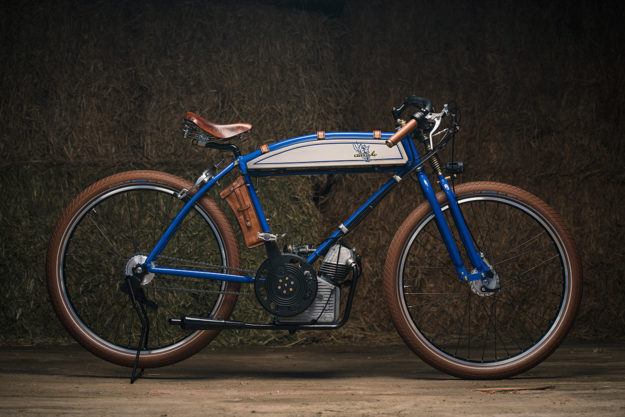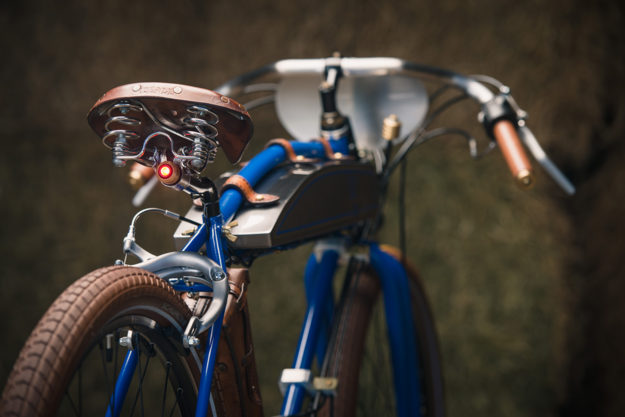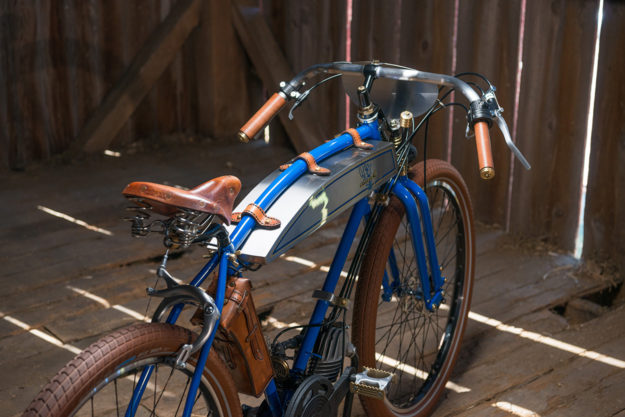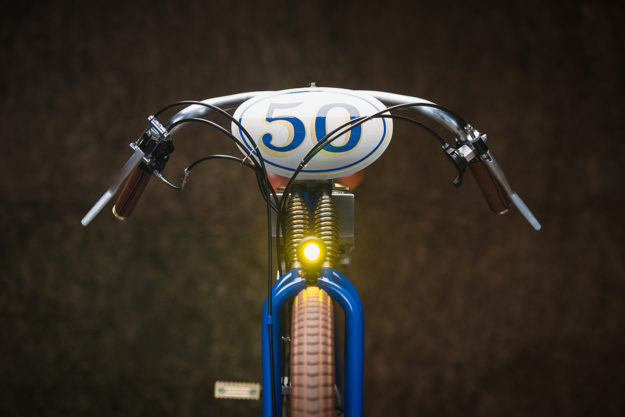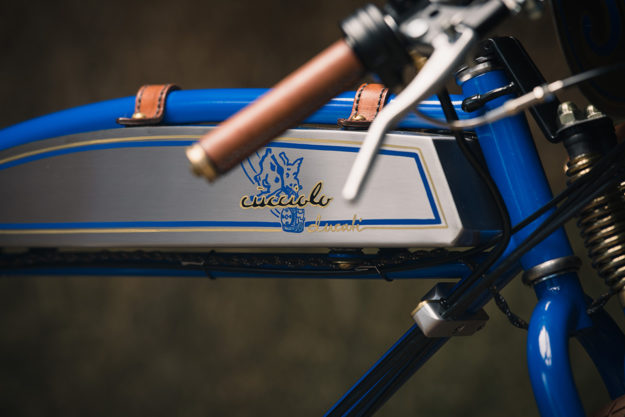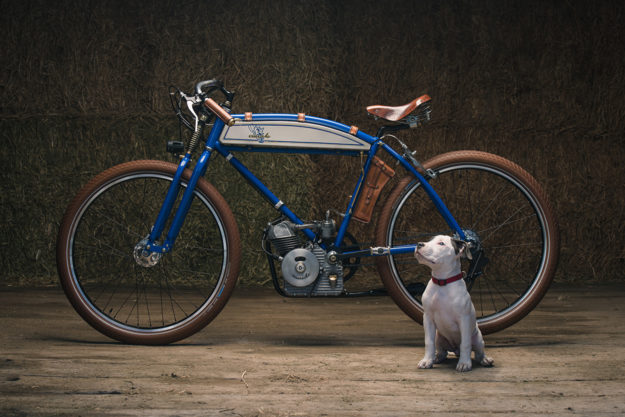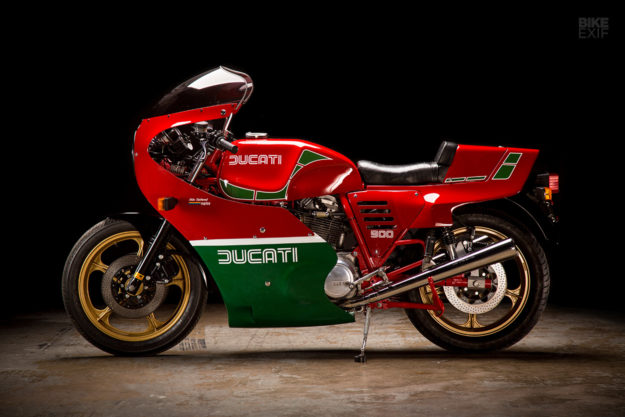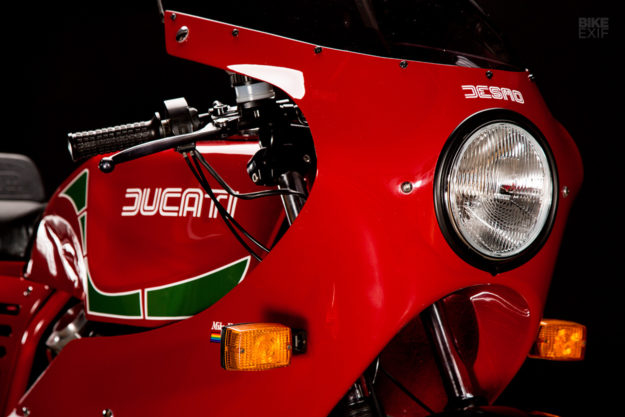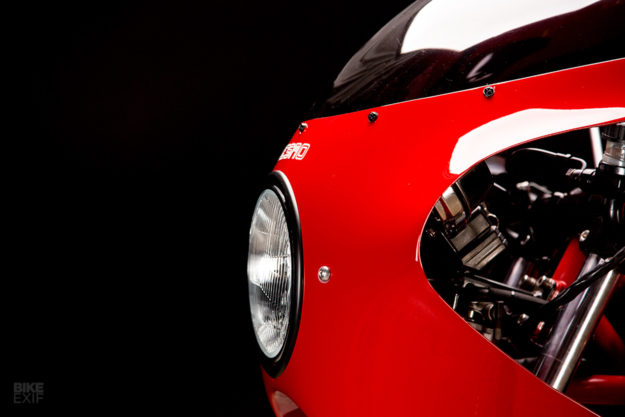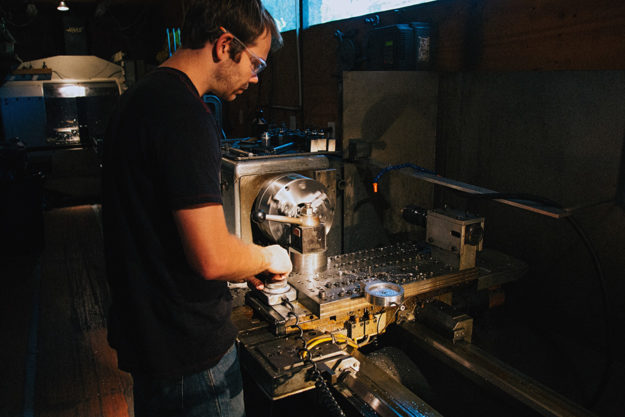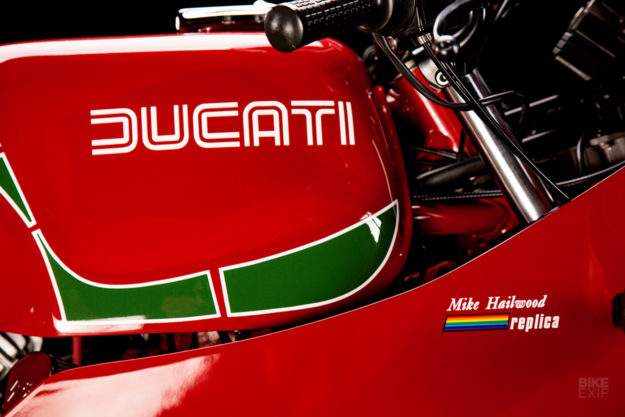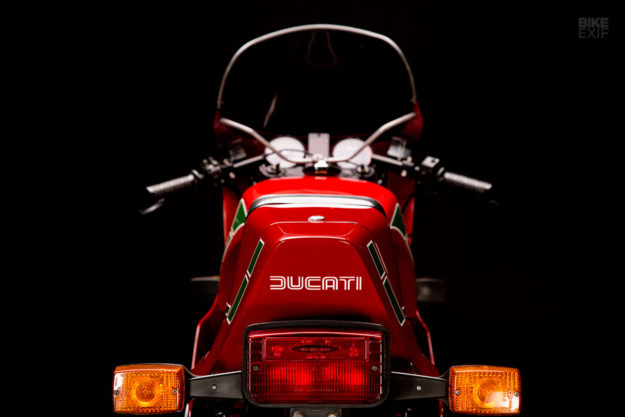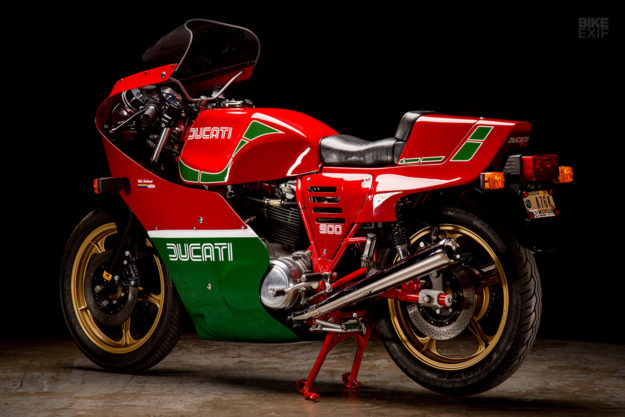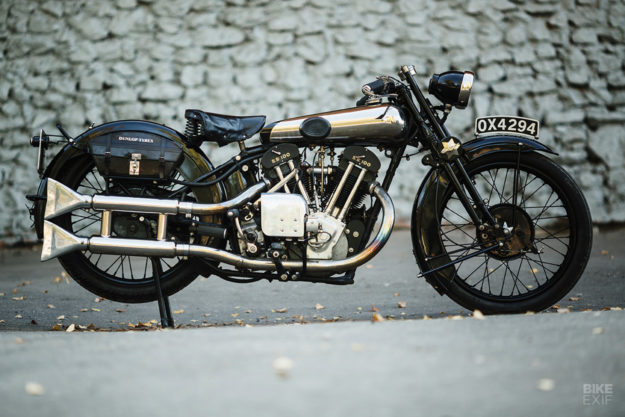
The rare and beautiful Brough Superior SS100 is one of the most famous motorcycles ever made. Originally marketed as the ‘Rolls-Royce of Motorcycles,’ each unit shipped with a guarantee that it was capable of 100 mph.
The last place you’d expect to find a Brough Superior is in the heartland of Russia, over 2,500 miles from the Nottingham factory where it was built. But that’s where this stunning example lives: in the Motorworld by V. Sheyanov museum in the former ‘closed city’ of Samara.
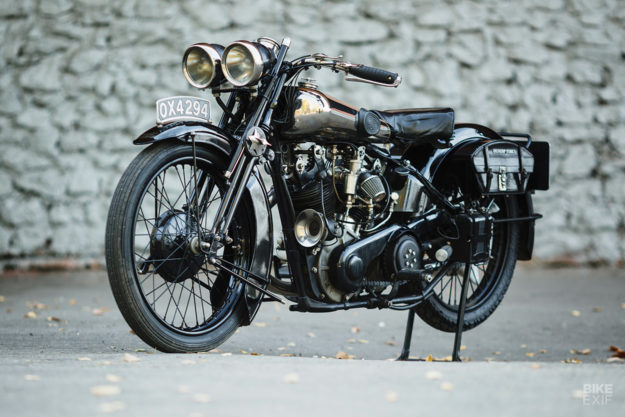
Despite the brutal environs—temperatures stay below freezing point for five months of the year—Motorworld is the largest private collection of vintage motorcycles in Russia.
It’s been a long and strange journey for this SS100. It’s now in the care of museum founder Vyacheslav Sheyanov, who also owns a Brough Superior Austin Four, an SS80 and an 11-50, as well as this SS100.

The SS100 was technically the world’s first custom motorcycle: each Brough was built to order, according to the customer’s spec. And the bikes were constructed by hand using high-end components from multiple sources.
The motor came from J.A.P., the transmission from Sturmey-Archer, and the forks from the Castle Fork and Accessory Co., built to George Brough’s design.
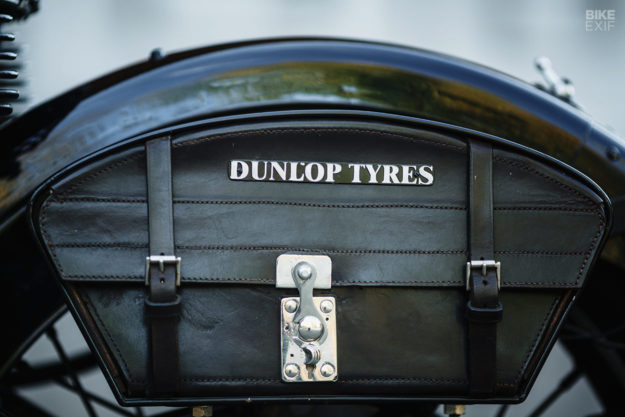
This particular SS100 originally belonged to a very special customer: Dunlop Tyres, who bought it in 1931 to commemorate their 40th anniversary. They used it for advertising and promotional events, and to test out their tires.
An archival photo shows that the Brough was originally shipped with a sidecar. But then the Second World War happened, and by 1946 the sidecar was missing, and the frame was badly damaged. The bike was rebuilt onto some mystery, non-stock frame—and stayed that way for fifty-five years.

Then, in 2001, an unsung hero got his hands on it, and treated it to a complete restoration. Not only was it rebuilt back onto the original Brough Superior frame, but the motor was brought back up to running condition too.
Fast forward another seven years, and the SS100 ended up in the personal collection of collector and Brough Superior specialist Michael FitzSimons. FitzSimons knows a thing or two about vintage motorcycles—according to the New York Times, he was responsible for setting up the motorcycle departments at both Sothebys and Bonhams.
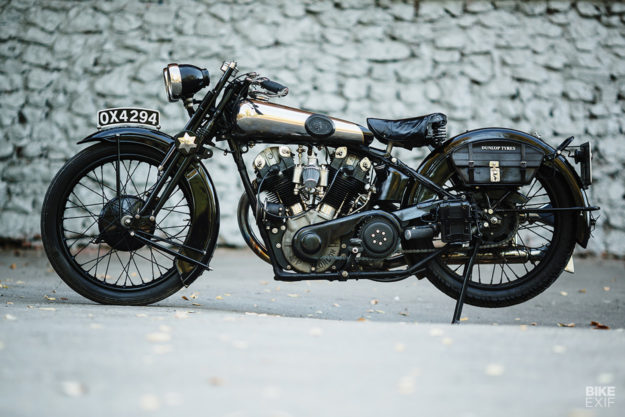
FitzSimons also owned every Brough Superior model ever made at one stage. But in recent years he started selling them off, citing his age, and being quoted as saying “It’s not true that the one who dies with the most toys wins.”
And that’s how this SS100 ended up in the Motorworld collection. FitzSimons put it up for auction in 2012—but not before it was stripped and checked thoroughly. It was found to be in excellent health, and its authenticity confirmed by Brough Superior Club secretary, Mike Leatherdale.
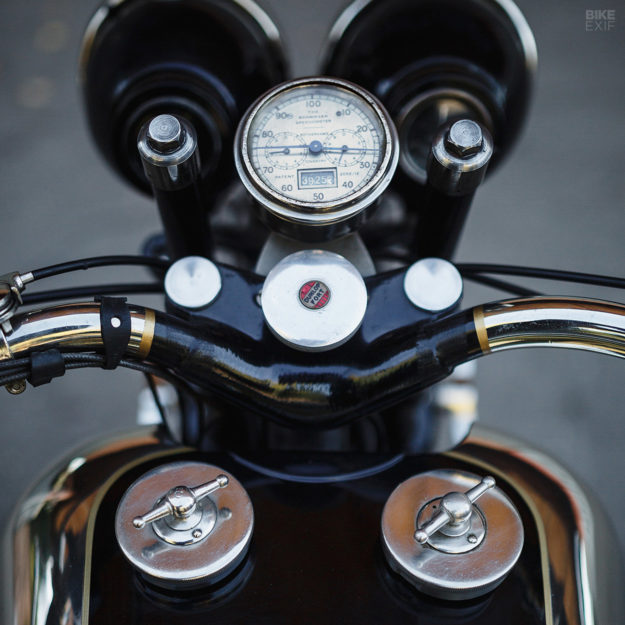
Sheyanov won the bid. (We don’t know how much he paid, and we’re afraid to ask.) The Brough was transferred to its new home in Samara, where it’s been since. And other than perishable items, like the air filter, rubber and oils, it’s still almost completely original.
It still runs—and regularly, too. Motorworld has a team of four mechanics who tend to the collection, and if they need inside knowledge, they lean on the expertise of the Brough Superior Club, who are always willing to lend a hand.
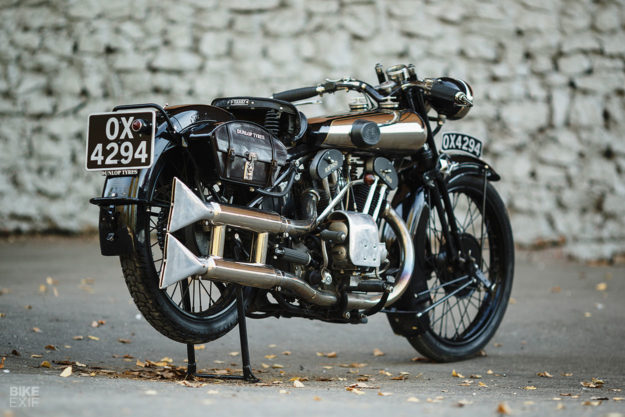
It’s not all Brough over at Motorworld though—they’ve got this three-wheeled Moto Guzzi in the collection, and the team is in the middle of restoring a Belgian-made FN M12a SM.
Anyone else feel like booking a plane ticket to Russia?
Motorworld by V. Sheyanov | Facebook | Instagram
